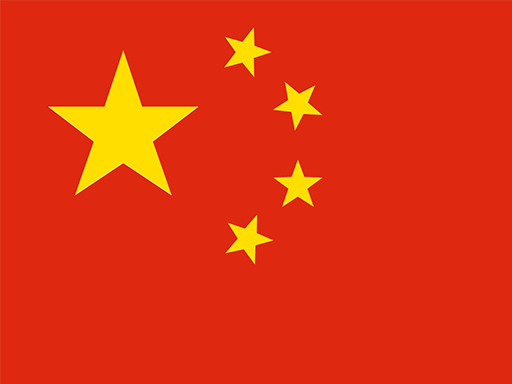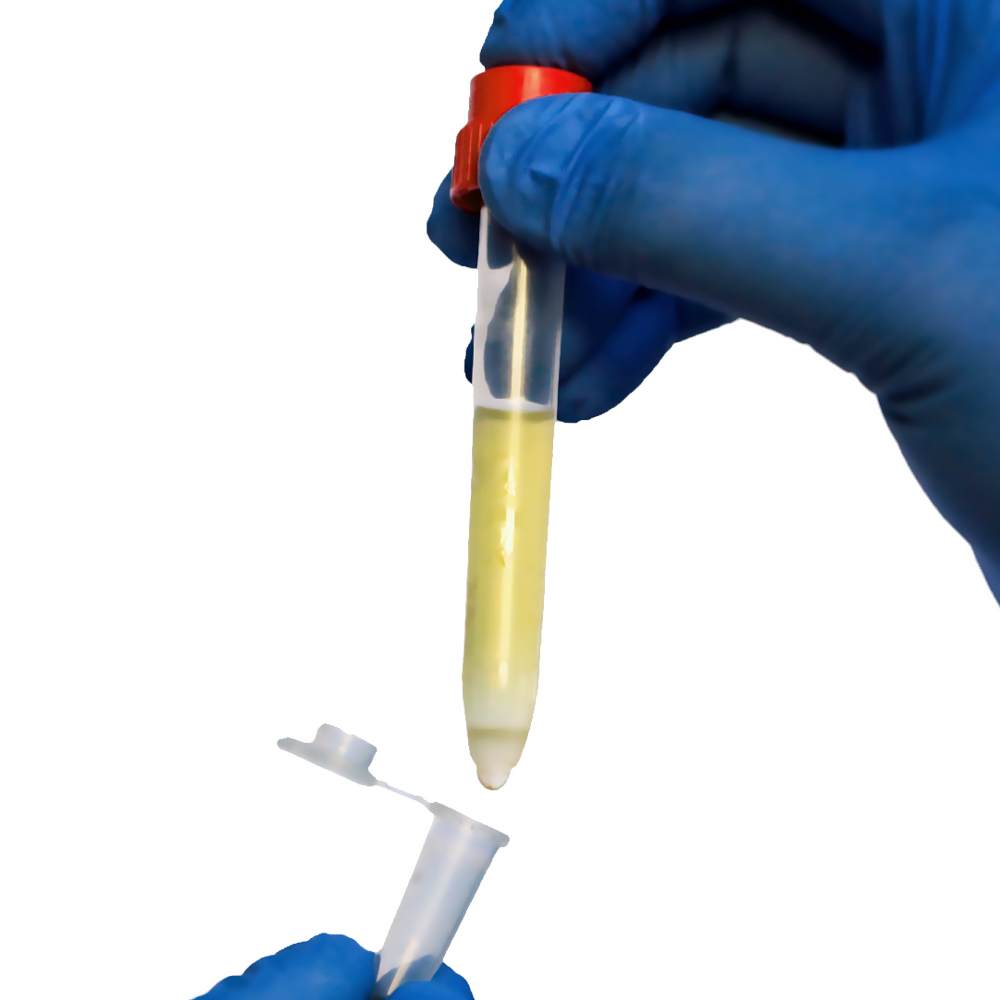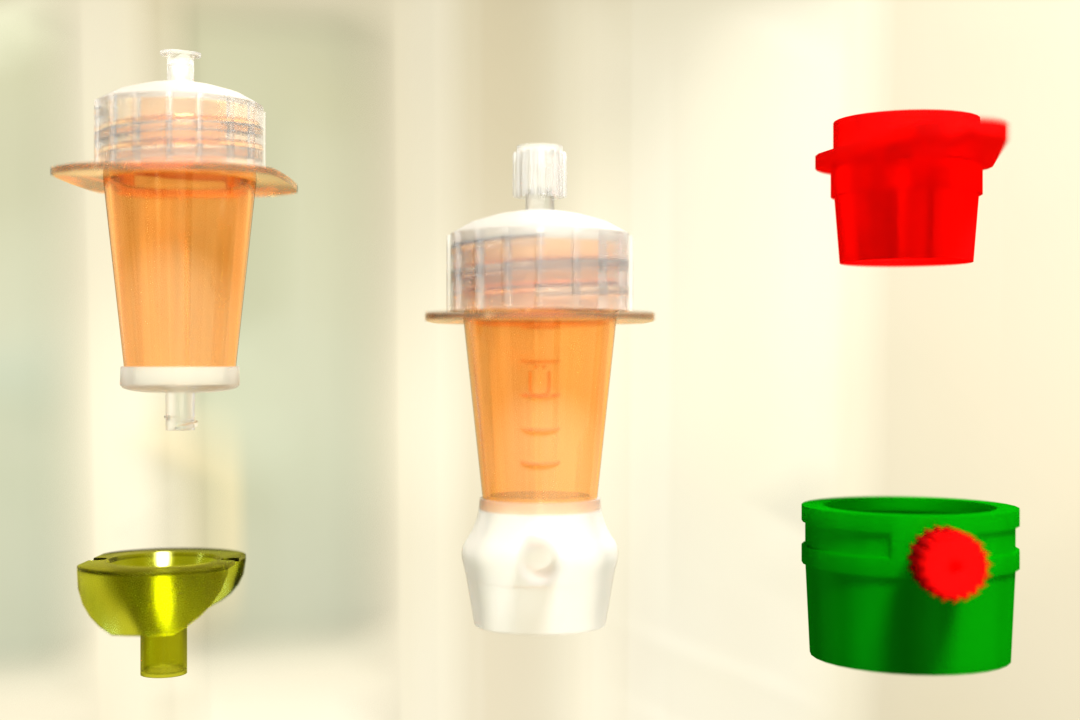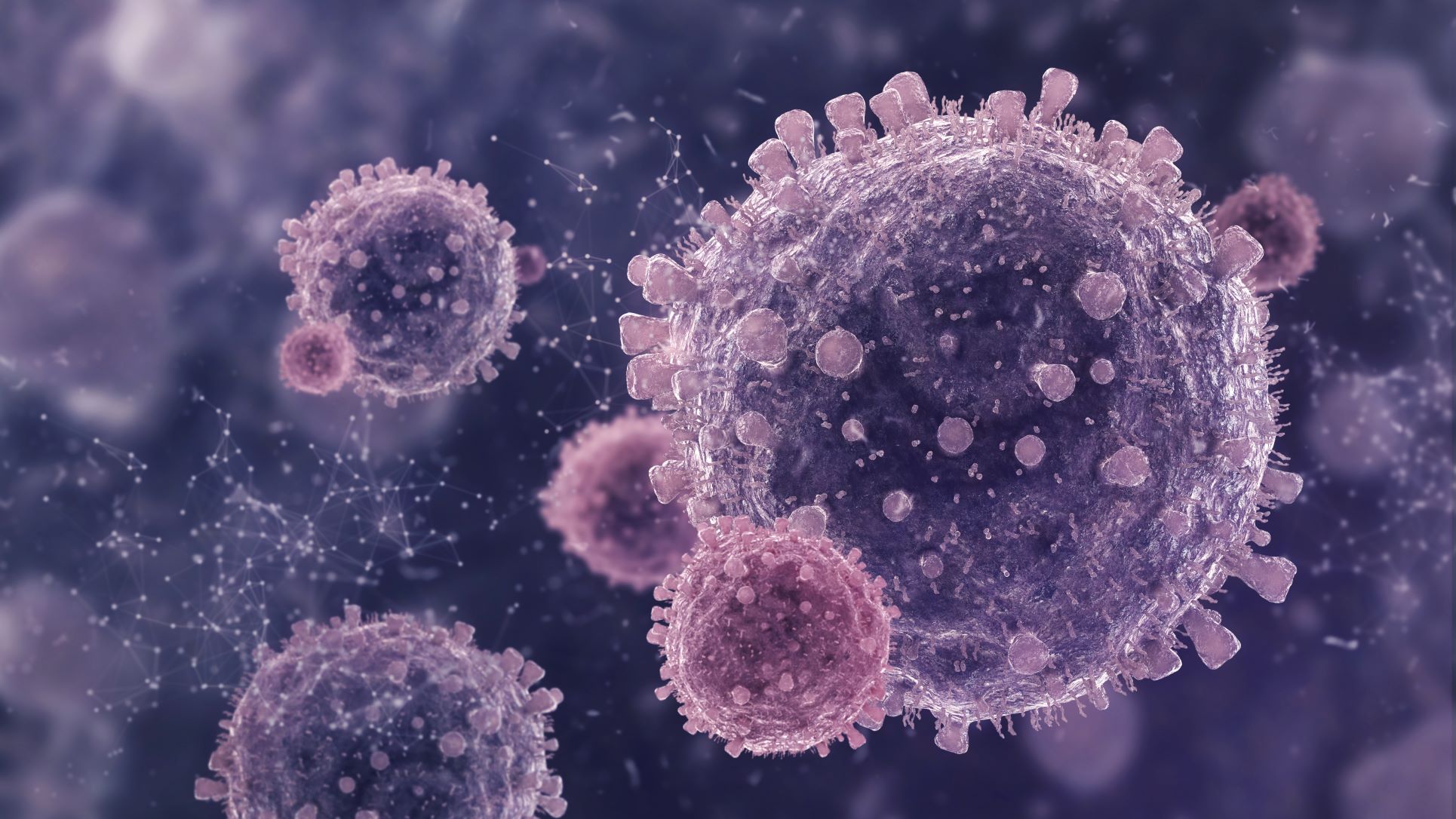The human immune system is made up of a variety of cells, some of which are responsible for identifying new pathogens, others for recognizing old pathogens, and still others for attacking anything harmful to the host.
To effectively defend against foreign particles and diseases, many moving parts must work together. Regulatory T cells are specialized lymphocytes that maintain and control the interactions between cells and pathogens.
What Are Regulatory T Cells?
Tregs, or regulatory T cells, are T cells that regulate or suppress other immune cells. Treg cells are essential for maintaining peripheral immunity to tumors and pathogens. Tregs fight harmful foreign particles while also preventing the body from attacking itself by regulating other cells.
Without regulatory T cells, people or animals can develop dangerous autoimmune diseases, in which the body attacks its own cells. The study of regulatory T cell separation could lead to new treatments for autoimmune diseases and possibly some cancers.
Tumors arise from uncontrolled cell growth and reproduction. Tregs control everything from immune cell growth to function, which could help to curb this dangerous and uncontrolled cell proliferation.
Components of Regulatory T Cells
A cell must express the CD4 T cell co-receptor, the IL-2 component CD25, and the nuclear transcription factor Forkhead box P3 to be considered a healthy regulatory T cell (FOXP3). Tregs are always CD4+ and CD25+, with FOXP3 determining their specific development and function.
Although Tregs have a variety of other surface molecules, and these components can also be found on other cells, these three components are required for a regulatory T cell to function properly.
CD4 T Cells
The CD4 T cell co-receptor is best known for causing CD4+ helper T cells to proliferate. These CD4+ cells work together with other white blood cells to fight pathogens and customize the immune response to specific diseases. CD4+ and CD8+ cells, also known as effector cells, can be regulated by CD4+ and CD8+ Tregs that express CD25.
CD8+ cytotoxic T cells are primarily responsible for locating and eliminating pathogens. CD4+ Tregs can signal both helper cells and cytotoxic cells to activate or deactivate depending on the desired immune response with the help of other proteins and co-receptors.
This ability triggers an immune response that can be tailored to combat unknown pathogens without harming the host. If CD8+ T cells are not suppressed after performing their function, they can be particularly dangerous. Effector T cells could do a lot of damage if they didn’t have the CD25 surface molecule.
CD25 T Cells
CD25 is the alpha chain of interleukin-2 (IL-2), a polypeptide chain that promotes T cell proliferation and growth. Both activated effector T cells and Treg cells express this specific co-receptor in high amounts. CD25 mediates survival in regulatory T cells and induces the suppression of other T cells through the secretion of IL-2.
IL-2 has the ability to act as both a promoter and a suppressor of cell growth. Natural Tregs can increase and decrease the immune response as needed by utilizing this protein.CD25 is expressed by a wide range of different cells. This could indicate that a variety of cells play a role in effector T cell homeostasis manipulation.
To fully comprehend the complex mechanisms of IL-2 and CD25, more research is required. When it comes to activating and suppressing other T lymphocytes, CD25 is a necessary and sufficient component in the context of regulatory T cells.
FOXP3 Treg Cells
FOXP3 (forkhead box P3) is a specific marker for regulatory T cells that is both required and sufficient for them to carry out their suppressive functions. FOXP3 Treg is a nuclear transcription factor, meaning it helps regulate the rate at which DNA is transcribed into messenger RNA.
Read Also: Necrosis Vs. Apoptosis: Necrotic Cell Death, Processes, & Apoptosis Steps
As a result, it’s critical for regulating the antibody-antigen relationship with critical host cells. When the FOXP3 gene is mutated, it causes life-threatening auto-immune diseases in humans and mice alike.
What Do Regulatory T Cells Do?
CD4+CD25+ regulatory T cells are found in the body and play an important role in suppressing immune functions and controlling the actions of other immune cells.
Tregs also allow the immune system to learn specific protocols and develop tolerance to pathogens it is already familiar with. Tregs’ ability to recognize a threat and signal other effector cells allows the body to respond quickly and effectively.
Regulatory T Cells and Immune Tolerance
The ability of regulatory T cells to maintain unresponsiveness to self-antigens and suppress excessive immune responses is perhaps their most important function. When a foreign pathogen infects the host, T lymphocytes of various types respond by attacking infected cells or unknown particles.
If it weren’t for Tregs, those effector cells would continue to attack and destroy other valuable cells once the problem was solved. Treg cells tell other cells to stop working in order to protect the human body’s delicate systems.
Regulatory T Cell Isolation
Tregs can be very useful to cell researchers because they play such an important role in dictating our immune systems. Treg cells can help scientists figure out how we respond to harmful pathogens, diseases, and tumors by identifying key processes. It’s necessary to purify and isolate regulatory T cells into a homogeneous cell population in order to study them properly.
Though this can be accomplished in a variety of ways, it is critical to select a cell separation method that is both quick and effective, as well as one that preserves cell health and physiology. Traditional cell isolation methods, such as magnetic cell isolation, necessitate costly equipment that must be stored and maintained properly.
For large quantities, these cell sorting cycles can take a long time and require multiple attempts. Not to mention that sortation’s harsh physical and magnetic forces can damage cell membranes, resulting in cell death. This cell death could lead to erroneous results in the future.
Leveraging Innovative Cell Isolation Technology for Regulatory T Cell Isolation With Pluribead
Because current isolation techniques are time-consuming and stressful to cells, developing a gentle and effective method to obtain high purity of a small target cell population for downstream analysis is critical.
Pluribeads represent a breakthrough in cell separation. PluriBead is a one-of-a-kind cell separation technology that doesn’t rely on magnetic components. The procedure is straightforward: Your pluriBeads (with bound target cells) are sieved through a strainer; the pluriBeads with your target cells remain on top, while the unwanted cells pass through. After detaching, you have your target cells ready.
For more information, you can visit our website. Experience the difference for yourself by using our products. Get started with our cell separation products today!
Reference:
Science Direct
 English
English French
French
 German
German
 Spanish
Spanish
 Belgium
Belgium
 Italian
Italian Brazil
Brazil Chinese Mandarin
Chinese Mandarin




